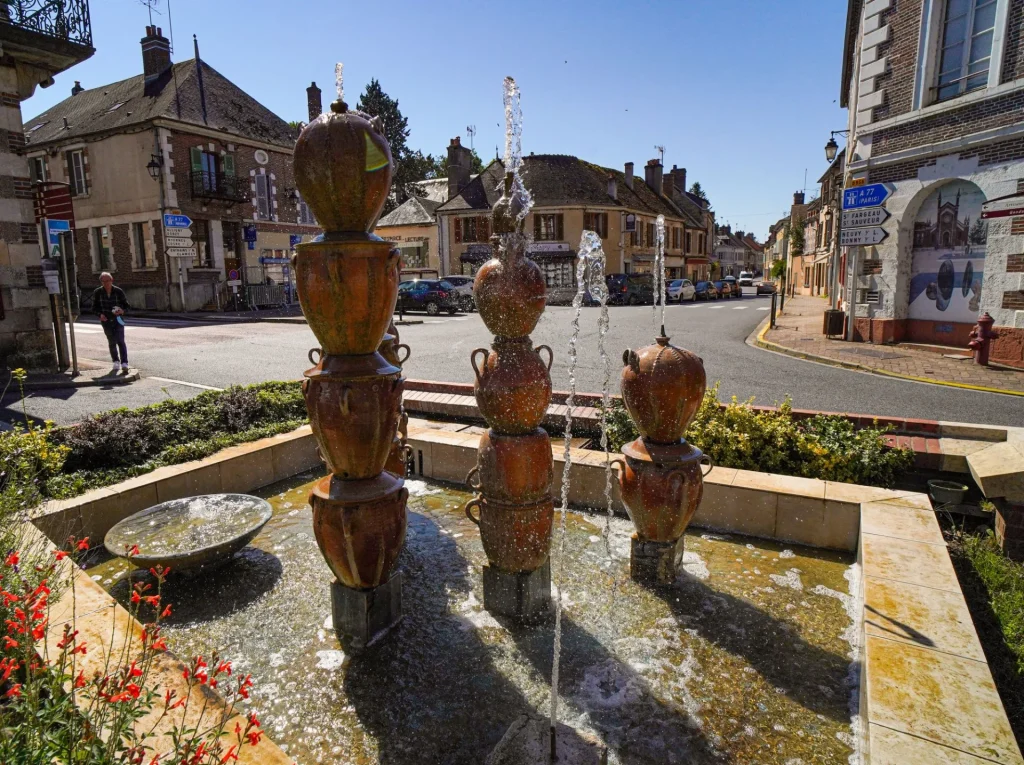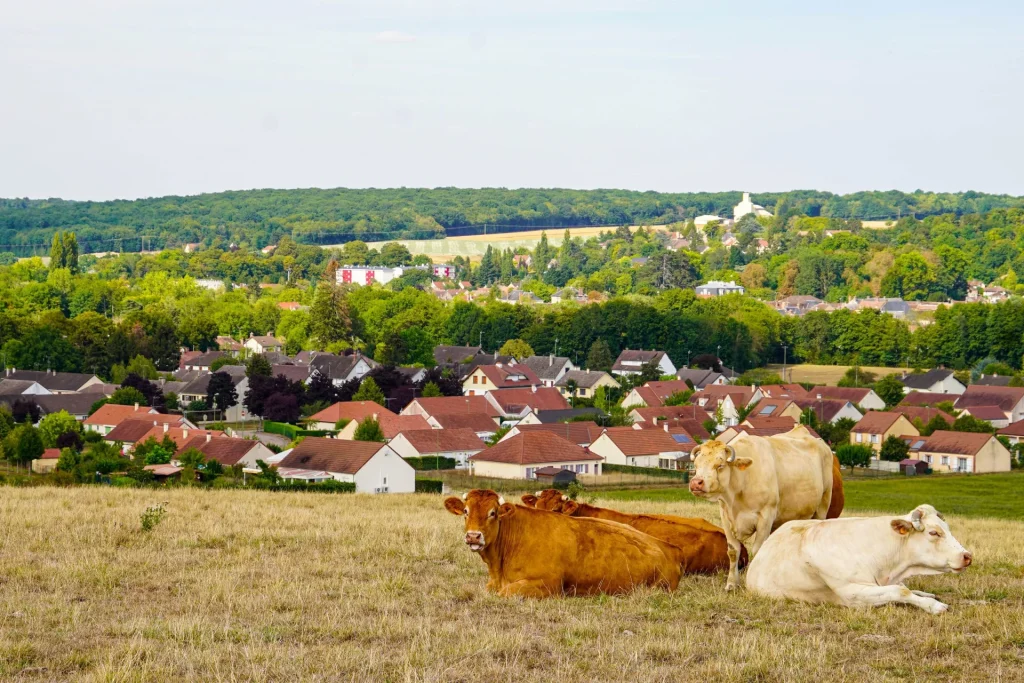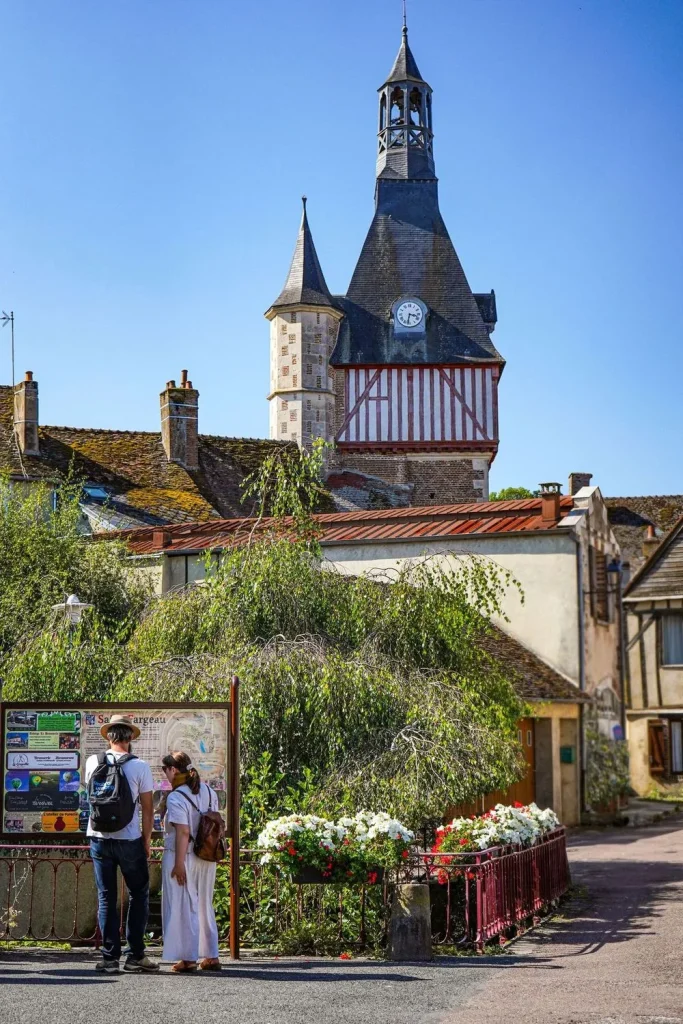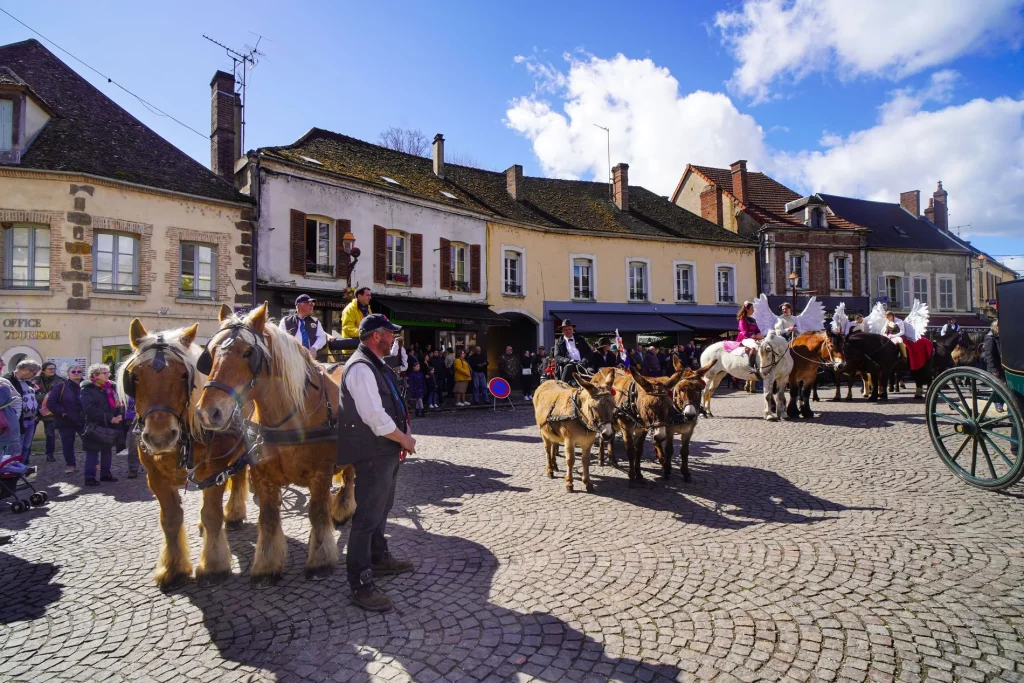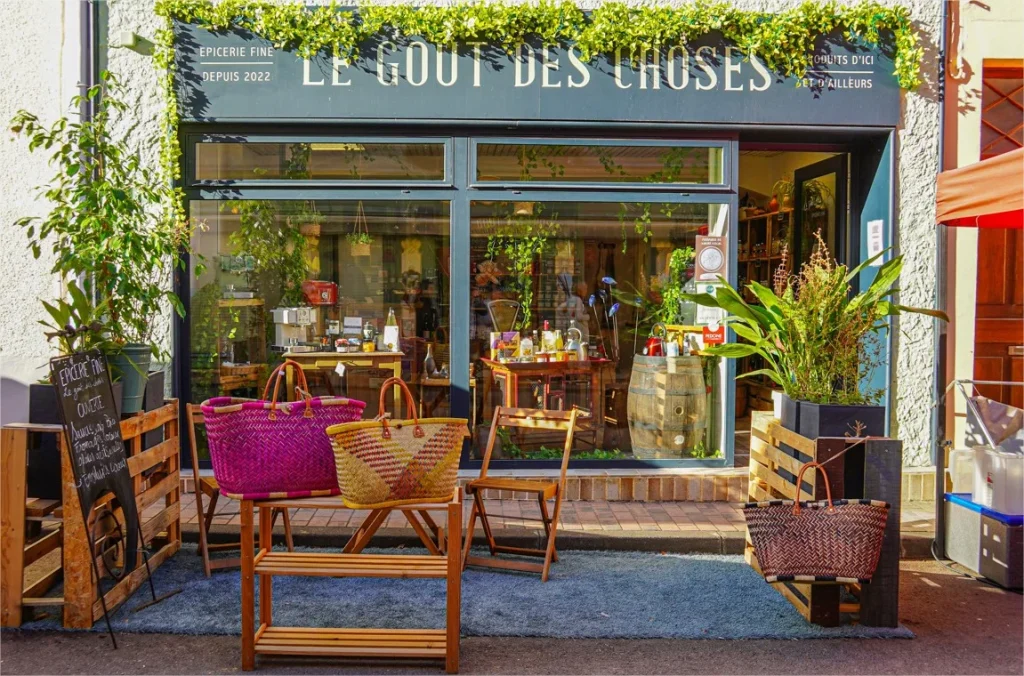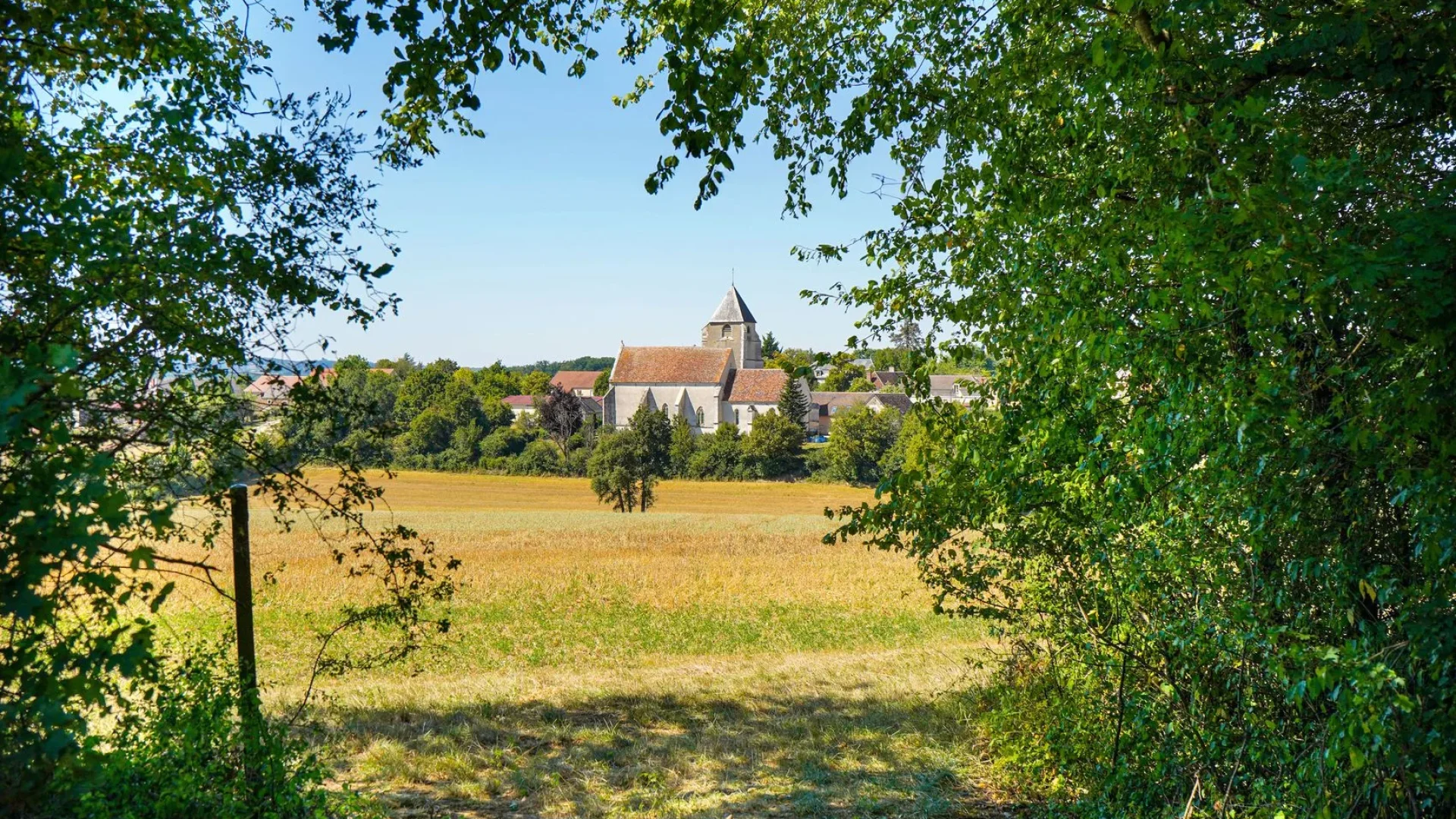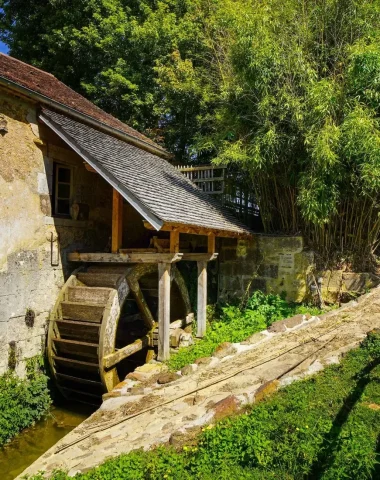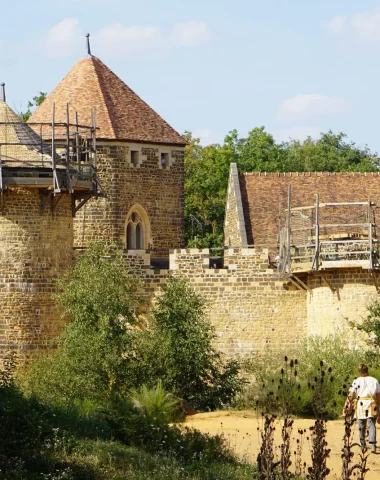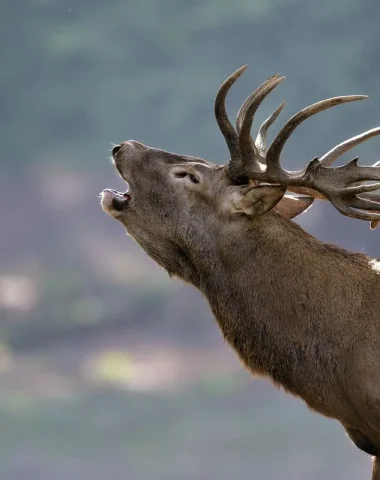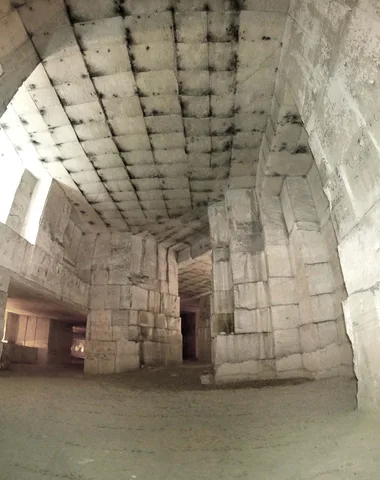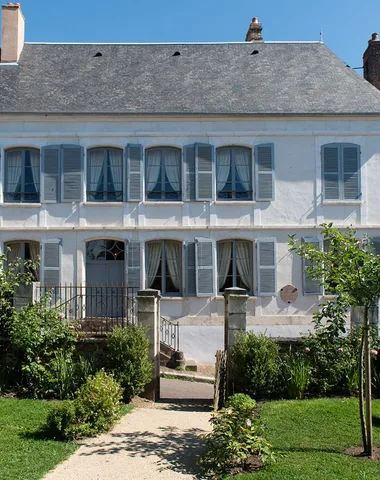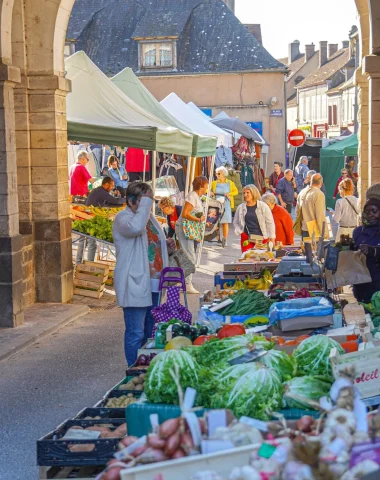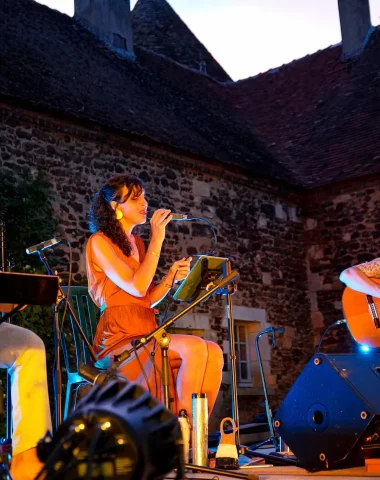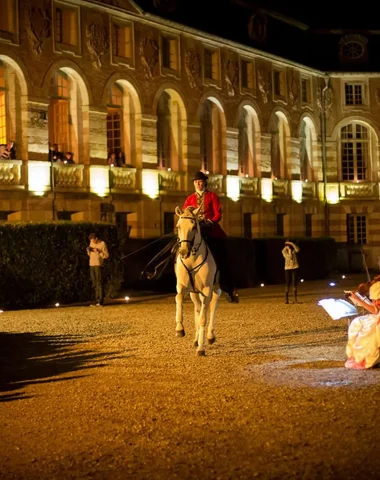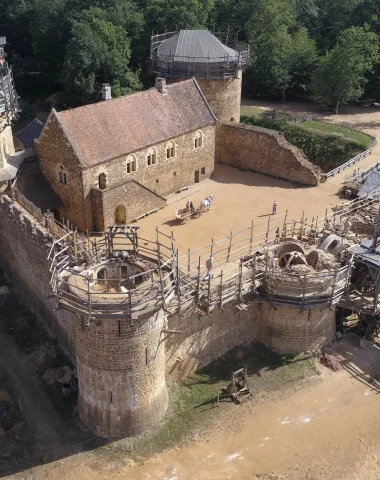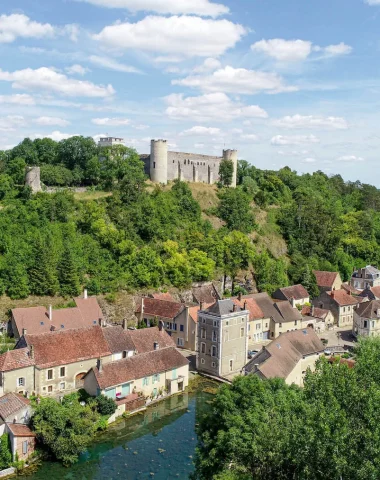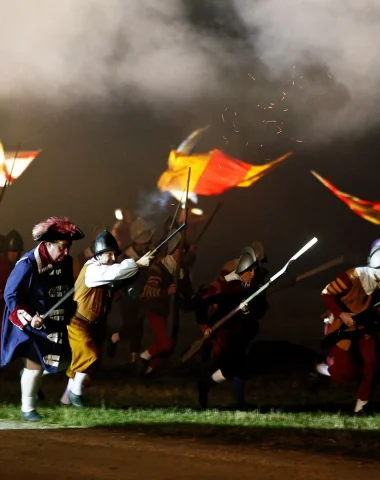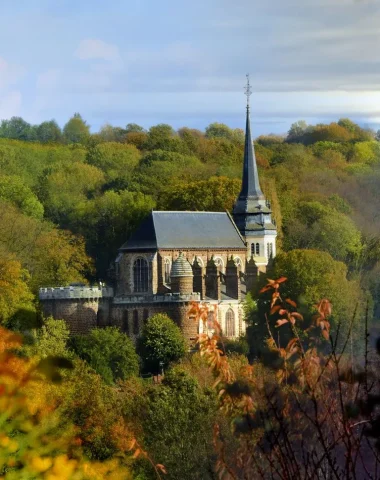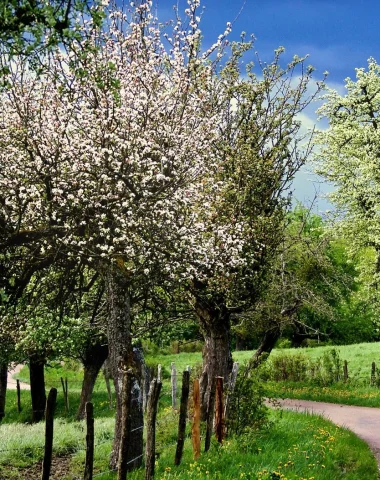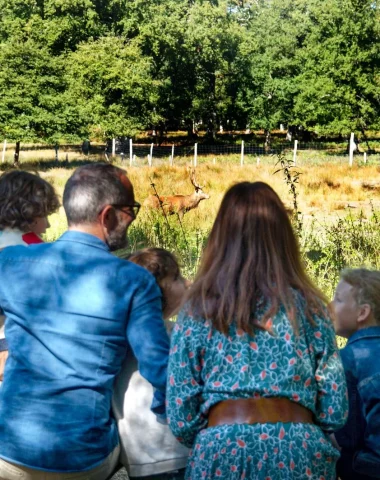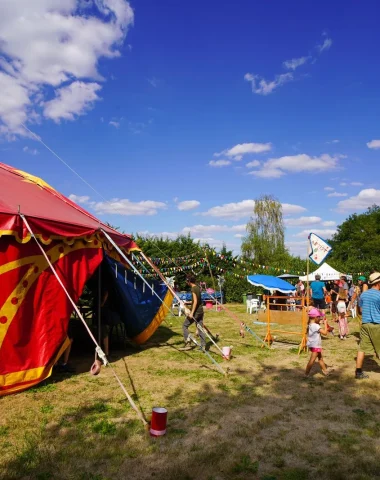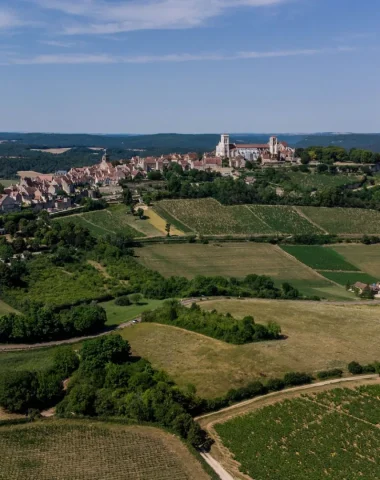Alors que les vacances sont souvent associées à la mer et aux grands centres touristiques, la Puisaye-Forterre, en Bourgogne, se démarque : proche de Paris, elle est une pépite de calme et de tranquillité dans un océan de destinations touristiques toujours en mouvement. Appuyez sur pause.
Une destination où le temps a de la valeur
“Ne rien faire”, “passer le temps”, “prendre le temps“. Autant d’expressions que l’on retrouve auprès des néo-ruraux, des vacanciers et des habitants. Sans rien perdre de votre temps, vous allez le retrouver, vous retrouver. Entre reconnexion et prise de conscience, la Puisaye-Forterre sera votre forteresse, votre petit coin de Bourgogne.
Une nature préservée
Le territoire empreint d’histoire et de charme, est un joyau naturel niché entre le Chablisien et le Sancerrois. Au cœur de cette région, le lac du Bourdon étend ses eaux tranquilles, offrant un refuge paisible pour une multitude d’espèces animales et végétales. La nature règne en maître dans ces lieux préservés, invitant à la découverte à pied ou à vélo à travers ses sentiers de randonnée. Ses bouchures et ses trognes sont la preuve de l’intérêt majeur que porte la collectivité, les associations et les habitants à la Puisaye-Forterre.
Chaque coin de cette région méconnue révèle un peu plus de sa beauté sauvage, offrant aux visiteurs une expérience authentique et inoubliable. Terre d’eau, de forêts et de hauts plateaux, elle présente à la fois des sites préservés et classés comme le Marais d’Andryes et le Ferrier de Tannerre-en-Puisaye et à la fois, des sites qui viennent s’inscrire dans le paysage comme le château médiéval de Guédelon à Treigny ou la Pyramide du Loup à Toucy.
Vos randonnées préférées
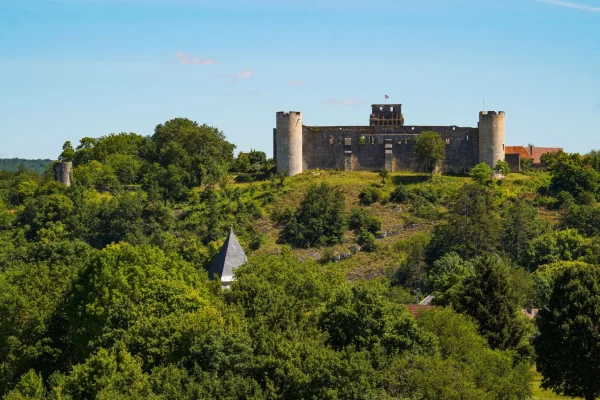
01
À Druyes-les-Belles-Fontaines
Château médiéval, viaduc, sources, lavoir : une randonnée balisée, idéale à faire en famille.
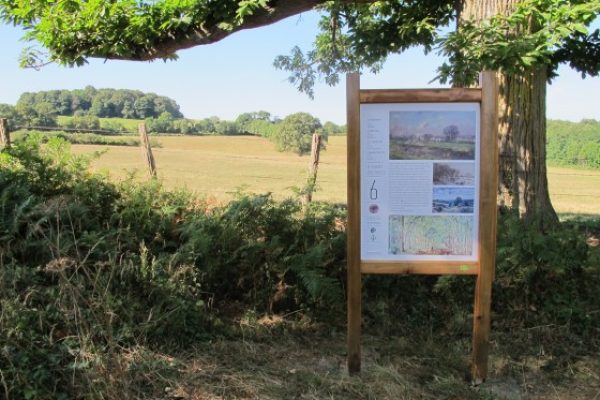
02
À Bitry
Emmanuel de la Villéon est un peintre qui a vécut dans une belle demeure au hameau des Salvard. Le parcours est agrémenté de panneaux comportant des reproductions et des commentaires.
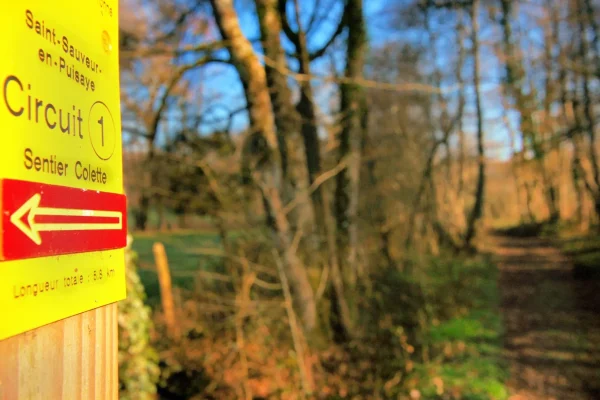
03
À Saint-Sauveur-en-Puisaye
Le long de ce chemin, tout rappelle les récits de Colette, née à Saint-Sauveur-en-Puisaye. Vous traverserez le Loing pour rejoindre le joli village de Moutiers, son étang et ses fabuleuse peintures murales de l’église Saint-Pierre et Saint-Paul.
Des sites touristiques insolites
La Puisaye-Forterre regorge de sites touristiques captivants qui promettent un séjour enrichissant et mémorable. Le Château de Saint-Fargeau, chargé d’histoire, offre un spectacle historique époustouflant chaque été qui transporte les visiteurs à travers les époques. Le Parc de Boutissaint vous plonge au cœur de la nature pour une visite au plus près de la faune et de la flore. À Guédelon, on construit un château fort médiéval en utilisant des techniques ancestrales, offrant une expérience immersive unique. La Pyramide du Loup attire les curieux en quête de découvertes insolites sur l’histoire et l’évolution du loup, et au delà, l’importance de chaque espèce pour la biodiversité. Les passionnés de littérature peuvent visiter la maison natale de Colette à Saint-Sauveur-en-Puisaye, plongeant ainsi dans l’univers de cette célèbre écrivaine. La Carrière souterraine d’Aubigny à Taingy retrace la tradition de la taille de la pierre calcaire qui permit la construction d’édifices emblématiques au fil des siècles. Un atelier de taille de pierre est même possible !
En parcourant cette région, chaque visite réserve des moments d’émerveillement et d’apprentissage, tandis que les musées enrichissent davantage cette expérience culturelle.
Des traditions préservées
En Puisaye-Forterre, les traditions sont soigneusement préservées, offrant aux visiteurs une immersion authentique dans la culture locale. Les fêtes de village, véritables rendez-vous annuels, sont des moments où se mêlent traditions ancestrales et festivités modernes. Les associations locales jouent un rôle essentiel dans la préservation de ces traditions, organisant des événements qui mettent en valeur le patrimoine vivant de la Puisaye-Forterre. Au cœur de cette région, la Ferme du Moulin de Vanneau perpétue les savoir-faire agricoles traditionnels avec la fête des Moissons d’Antan. Les potiers locaux façonnent, perpétuant un artisanat ancestral dans leurs ateliers et sur les marchés potiers. Les marchés hebdomadaires, rendez-vous incontournables, sont le lieu de rencontre par excellence et le cœur des villages qu’ils animent chaque semaine. Vous prendrez plaisir à arpenter les ruelles pavées à Toucy, à écouter le crieur public sur la place de Saint-Sauveur-en-Puisaye ou à boire un verre dans un des cafés de Charny lors de ces matinées conviviales.
Des villages bourguignons de caractères
De Charny Orée de Puisaye à Saint-Amand-en-Puisaye, nos villages ont chacun leurs particularités qui séduisent les vacanciers. L’habitat, typique, entre briques, tomettes et pans de bois, caractéristiques de la région, se retrouve dans les communes et hameaux formant un ensemble harmonieux où chaque balade offre une curiosité à découvrir. De l’église au lavoir, du château à la petite boutique, vous flânerez à la découverte de ce petit patrimoine local. Le temps d’un week-end ou d’une semaine, vous prendrez un autre rythme de vie, plus doux et irez à la rencontre d’une communauté de producteurs et d’artisans qui préservent ensemble l’art de vivre que l’on nous envie tant en France.
